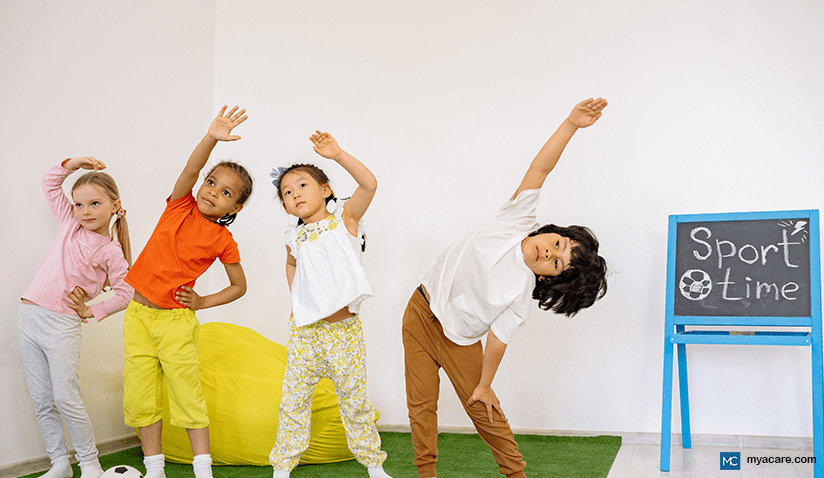
Nurturing Physical Well-being in Children
Ensuring the physical wellness of children is paramount for their overall development and lifelong health. This article delves into essential aspects and practices to foster physical well-being in the younger generation.
Building Healthy Habits from Early Childhood
The foundation for a healthy lifestyle begins in early childhood. Encouraging habits such as regular physical activity, a balanced diet, and sufficient sleep sets the stage for optimal growth and development. Parents and caregivers play a pivotal role in instilling these habits and creating a supportive environment.
Promoting Active Lifestyles through Play
Physical activity is crucial for children’s well-being. Encouraging active play not only contributes to the development of motor skills but also supports cardiovascular health and muscular strength. Whether it’s organized sports or unstructured playtime, providing opportunities for movement is essential.
Balanced Nutrition for Growing Bodies
A well-balanced diet is fundamental for children’s physical wellness. Nutrient-rich foods support growth, cognitive development, and immune function. Emphasizing a variety of fruits, vegetables, whole grains, and lean proteins ensures that children receive the essential vitamins and minerals needed for their well-being.
Quality Sleep for Optimal Growth
Adequate sleep is often underestimated in its impact on physical wellness. Establishing consistent sleep routines and ensuring that children get the recommended amount of sleep for their age is crucial. Quality sleep supports physical growth, cognitive function, and emotional well-being.
Screen Time Management and Its Impact
In today’s digital age, managing screen time is essential for physical wellness. Excessive screen time can lead to sedentary behavior, negatively impacting physical health. Balancing screen time with outdoor activities and other forms of play is vital to ensure a well-rounded and healthy lifestyle.
Educating on Hygiene Practices
Teaching children good hygiene practices is integral to their physical well-being. Emphasizing regular handwashing, proper dental care, and personal hygiene habits instills habits that can contribute to their overall health and well-being.
Preventing Injuries through Safety Measures
Physical wellness also involves preventing injuries. Creating a safe environment, educating children about potential hazards, and promoting the use of safety gear during physical activities are essential measures. Preventing injuries ensures that children can continue to engage in activities that promote their well-being.
Social Interaction and Emotional Health
Physical well-being is interconnected with emotional health. Encouraging positive social interactions, fostering emotional resilience, and providing a supportive environment contribute to overall wellness. Building strong emotional foundations from a young age is vital for a healthy and balanced life.
Physical Wellness Kids: Visit dealstr.net
For additional resources and support in nurturing physical wellness in children, explore dealstr.net. This platform offers valuable insights, tips, and a community dedicated to promoting the well-being of the younger generation. Incorporating these resources into daily routines can enhance your efforts to prioritize physical health in children.
Conclusion: A Holistic Approach to Physical Wellness
In conclusion, nurturing physical well-being in children requires a holistic approach. From building healthy habits and promoting active lifestyles to managing screen time, educating on hygiene practices, preventing injuries, and fostering emotional health, each aspect contributes to the overall wellness of the younger generation. By incorporating these practices and utilizing resources like dealstr.net, we can collectively work towards ensuring a healthy and vibrant future for our children.
